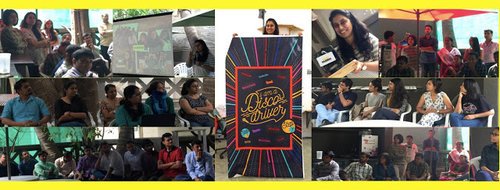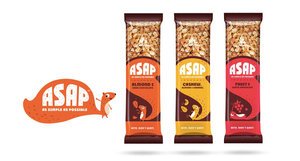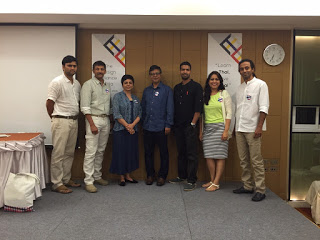Packaging design is very demanding yet interesting. It is like someone looking for an arranged marriage match. With just 3 seconds to impress, the design needs to speak the buyer’s language, or else, it gets thrown out of the consideration set.
Designing anything with such a small real estate and high expense requires a lot of thinking, understanding and planning.
* a marriage planned and arranged by the families of the couple
Here are some thoughts to consider before embarking on a packaging design exercise.
1. Inside the closet or outside the closet:
Does the product have a show-off value, will the brand enhance the buyer’s image or is it a regular habitual product. This helps understand the purpose and mindset of the person buying a brand. eg: a glucose biscuit vsChunkies cookies –
Graphic language and messaging attitude follows smoothly if the answer is clear.
2. Target Audience:
Who, when, how and why is the brand being bought.
I believe there are 3 kinds of TG – the influencers, the decision makers and the end users. And we have to impress all :) at every stage
Sometimes the end user might not even get to see the packaging. But what if she/he does and doesn’t get impressed?
3. Brand – Is it a Leader or a follower
As communication designers, we might think of a completely out of the box idea but if the brand has an established legacy it will just be a great idea without any connection to the brand or its loyal consumers. eg: MTR Foods: The idea in revisiting the packaging was not to alienate its existing consumers. The task was to simplify the information in the exact manner that as consumer seeks it while taking the design a level ahead as a leader & trend-setter.
4. Building an exclusive brand experience at 3 levels – attracting, buying and end usage
At every touch-point, we need to think of creating small but impactful experiences. That is the only way to create a continuous cycle of loyalty for the brands.










































